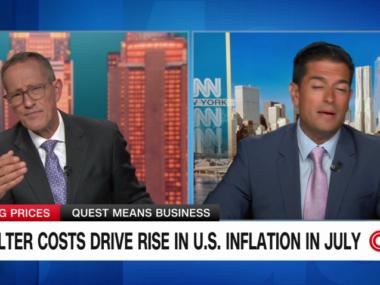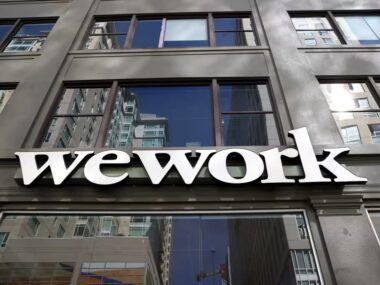Americans’ economic outlook is significantly improving due to the slowdown in inflation. According to the University of Michigan’s latest consumer survey, sentiment has surged by 13% compared to December, reaching its highest level since July 2021. Consumers are gaining confidence that inflation is abating and income expectations are strengthening.
Joanne Hsu, the director of the university’s surveys of consumers, stated that sentiment has climbed by a cumulative 29% over the past two months, marking the most substantial two-month increase since 1991, coinciding with the end of a recession. The easing of inflation throughout 2023, without a sharp increase in unemployment, has contributed to improved consumer moods in recent months. However, it remains uncertain whether inflation will reach the Federal Reserve’s target of 2% without a sustained period of higher interest rates or significant job losses.
For the time being, Americans are enjoying the steady progress in addressing inflation concerns. The survey also indicated that consumers’ expectations for future inflation rates, both in the next year and over the next five years, have improved. This suggests growing confidence that inflation will eventually return to more familiar levels.
Robert Frick, a corporate economist at Navy Federal Credit Union, noted that the significant surge in sentiment reflects the tangible effects of lower inflation, particularly in lower gas prices since September, as well as rising wages that have outpaced inflation rates. A robust job market is also playing a pivotal role in shaping Americans’ overall economic outlook.
Despite the improvements in the economy and the slowdown in inflation, many Americans still harbor certain concerns or reservations.
While the recent survey suggests that consumers are experiencing some relief, numerous challenges and concerns persist for many Americans. One notable issue is that even though inflation has slowed, prices remain significantly higher than they were in 2019 before inflation surged. It’s important to note that prices are unlikely to return to pre-pandemic levels without a deep recession because some level of price growth is typically expected in a healthy economy, ideally at a rate of at least 2%.
In addition to high prices, Americans continue to grapple with a competitive and challenging housing market, persistent income inequality, and increasing levels of debt. These factors have led some individuals to question whether the traditional notion of the “American Dream” remains attainable.
Several risks still loom on the horizon, including the possibility of a recession and the potential for inflation’s slowdown to stall. Some investors have grown optimistic, anticipating that inflation will soon come under control and that the Federal Reserve will begin reducing interest rates as early as March.
However, Federal Reserve officials have been cautious in managing these expectations by emphasizing that various risks persist. Fed Governor Christopher Waller, for instance, highlighted concerns such as the moderation in economic activity in the fourth quarter of 2023, potential setbacks in the labor market’s supply and demand balance, and the possibility of inflation gains reversing. These factors contribute to the Fed’s cautious approach to future interest rate decisions.
However, consider the positive aspects.
Americans still have several reasons to express gratitude.
One notable positive aspect is the consistently strong job market. In December, employers added 216,000 jobs, marking significant growth in employment for the year. The unemployment rate remained low at 3.7% that month, while wages continued to outpace inflation.
Furthermore, new applications for unemployment benefits have remained at historically low levels. Recent data from the Labor Department revealed that initial jobless claims, which serve as an indicator of layoffs, reached 187,000 claims for the week ending January 13, a level not seen since the fall of 2022. Additionally, US consumers are demonstrating confidence in their financial situations by maintaining their spending habits. Commerce Department data released on Wednesday showed a 0.6% increase in retail sales in December compared to the previous month.
In addition, the Federal Reserve’s latest Survey of Consumer Finances, a comprehensive study conducted every three years since 1989, indicated that Americans’ net worth experienced significant growth from 2019 to 2022. The survey also highlighted that in 2022, a record 20% of families owned privately held businesses.
However, it’s important to note that the survey also revealed certain challenges, such as increased inequality and the growing unaffordability of housing during the most recent three-year period.











